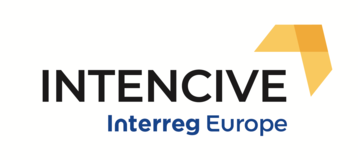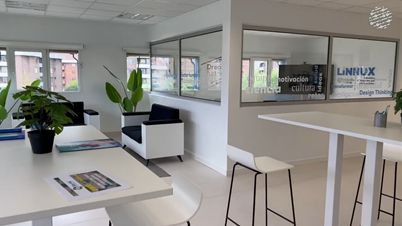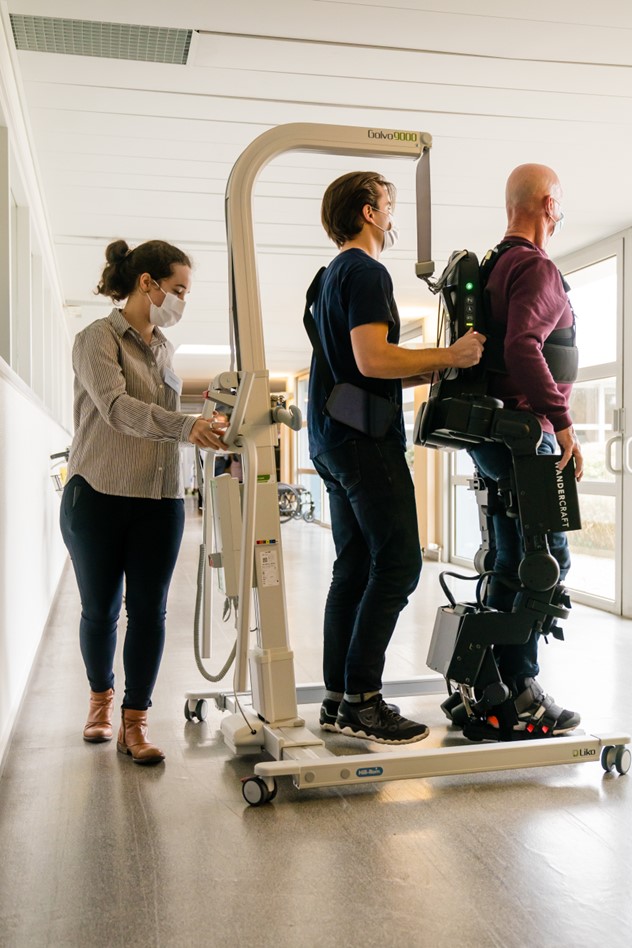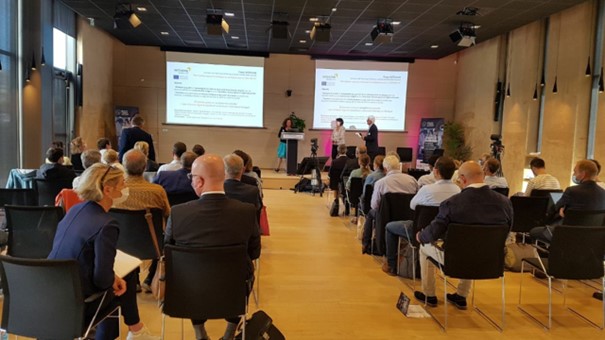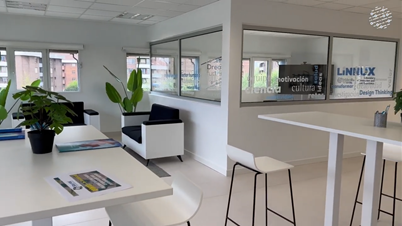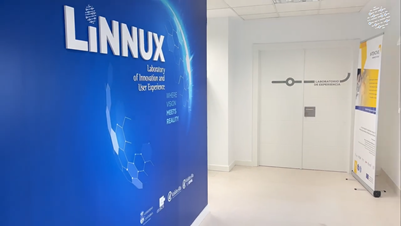Musculoskeletal disorders are one of the most common work-related occupational health problems. They, together with mental health problems, are the most common cause of sick leaves in Finland and cause a high degree of incapacity for work and thus shortening of careers, especially at working age. The problem is also acute in South Ostrobothnia, Finland, where the working-age population is aging rapidly. The business population in South Ostrobothnia is very SME-dominated and sick leaves pose significant challenges for small businesses in terms of labor productivity and wellbeing at work. Objective 3 of the Regional Strategy of South Ostrobothnia states the following: “The most important thing in promoting wellbeing is to further strengthen the preventive approach throughout the human life cycle, from the wellbeing of the fetus to the good end of life. Preventive work and life cycle thinking apply to all sectors of the economy and must involve all sectors related to wellbeing. This will increase the quality of life and reduce the need for remedial action and cost pressures. As a result, the province's competitiveness can also be increased.” Seinäjoki University of Applied Science project named TATTI - Using Technology to Make Work Productive and Safe aims to prevent musculoskeletal disorders, and thus directly responds to this goal.
The primary goal of the TATTI-project is to improve the capacity of SMEs in South Ostrobothnia to consider factors related to work ergonomics as an opportunity to reduce sick leaves and improve wellbeing at work. This is done by using and utilizing new technologies related to measurements and quantifying of physical stress of different work tasks. In total, 15 local SMEs participate in the project at three industries or sectors: metal and construction industries and social and health care sector (care homes for elderly and disabled people). All these fields include work tasks that are physically stressful. By quantifying physical stress and workloads during work tasks, companies learn to pay attention to workload factors and may thus design work steps to be ergonomic and sensible in terms of workload. Companies also learn to guide their employees to take care of themselves, to observe their own ways of doing work, and to take care of things essential to safe workload. Knowledge of workload factors also helps companies to recruit the right kind of employees. In addition, if a work, factory, line or other component is being redesigned, appropriate things can be considered in the reorganization of work.
TATTI project has started 1.9.2020 and currently four metal industry SMEs and five construction industry SMEs are recruited. Social and health care SMEs will be recruited later. At this stage it is easy to get SMEs to be interested in the project: they find the topic relevant, and they have clear need to participate.
The project has invested to Noitom Perception Neuron Studio Motion Capture System that is wearable technology that tracks worker’s postures during work tasks. Check the video about the first measurement session with the device from the link. The system allows measurements to be done in field condition at workplaces. This is a new approach since in many cases workload research is performed at simulated conditions. The most innovative part of the project is to import motion capture data to ergonomic evaluation tools to examine the workload relative to the accepted safety limits. In addition to motion capture data, also muscle activity, heart rate and subjective workload are evaluated, when found feasible. Workers also perform some strength tests and fill in a questionnaire to compare their physical condition to workloads during work tasks that they perform. This allows the comparison of worker’s capacity to work task requirements.
After thorough measurement set-up building the workload measurements in SMEs start in August 2021. Meanwhile the companies have raised the work tasks that in their opinion are physically the most stressful ones and the project workers have visited the companies and investigated their production premises. This is very important step in order to be in the same page and understand each other. Let’s hope that all the planning pays off and the measurements will help local SMEs to develop.
